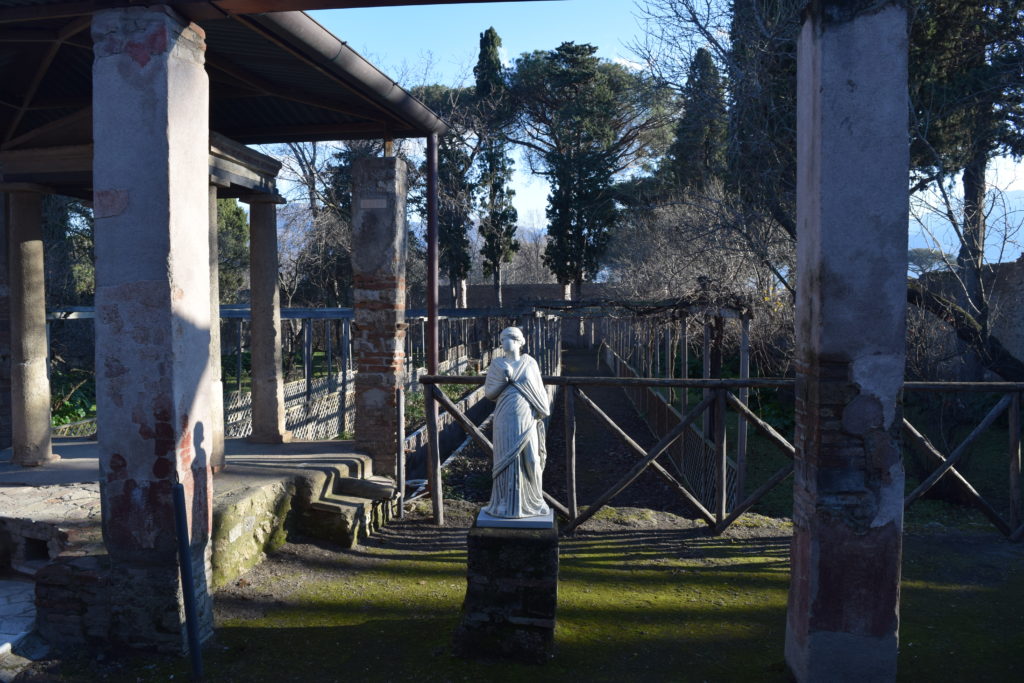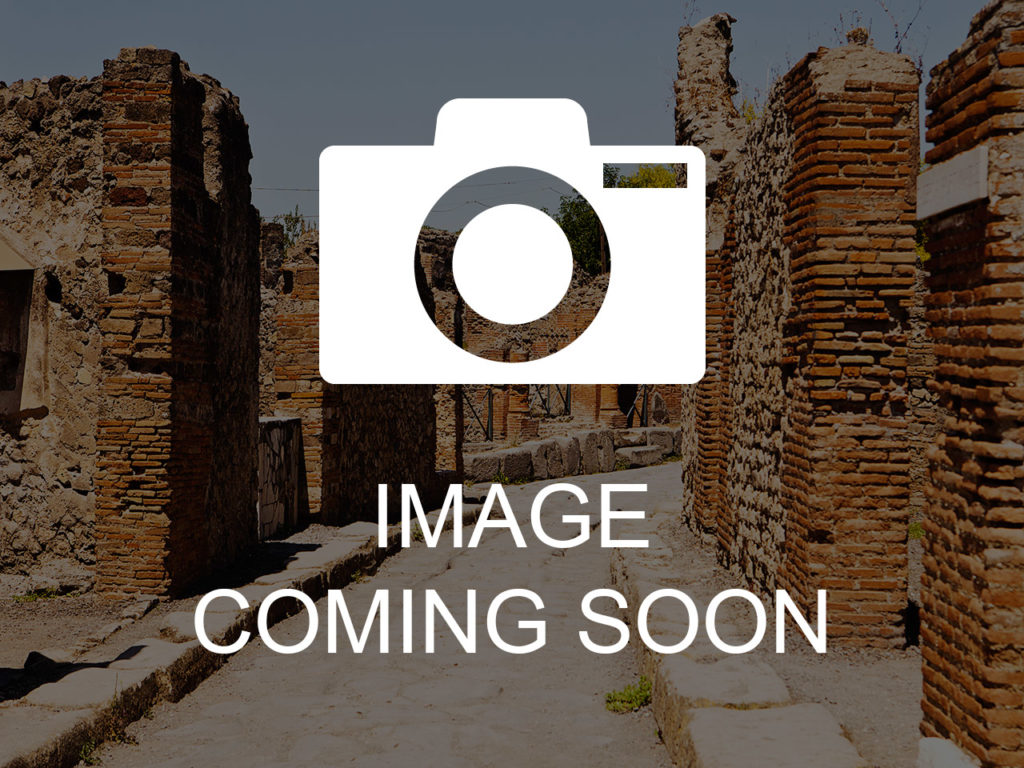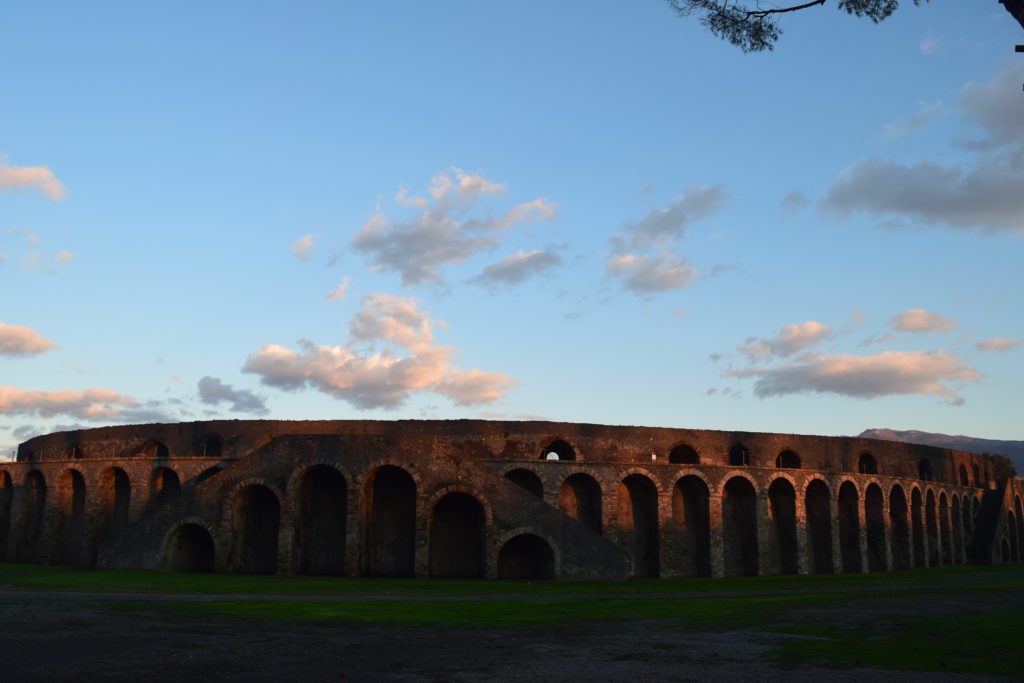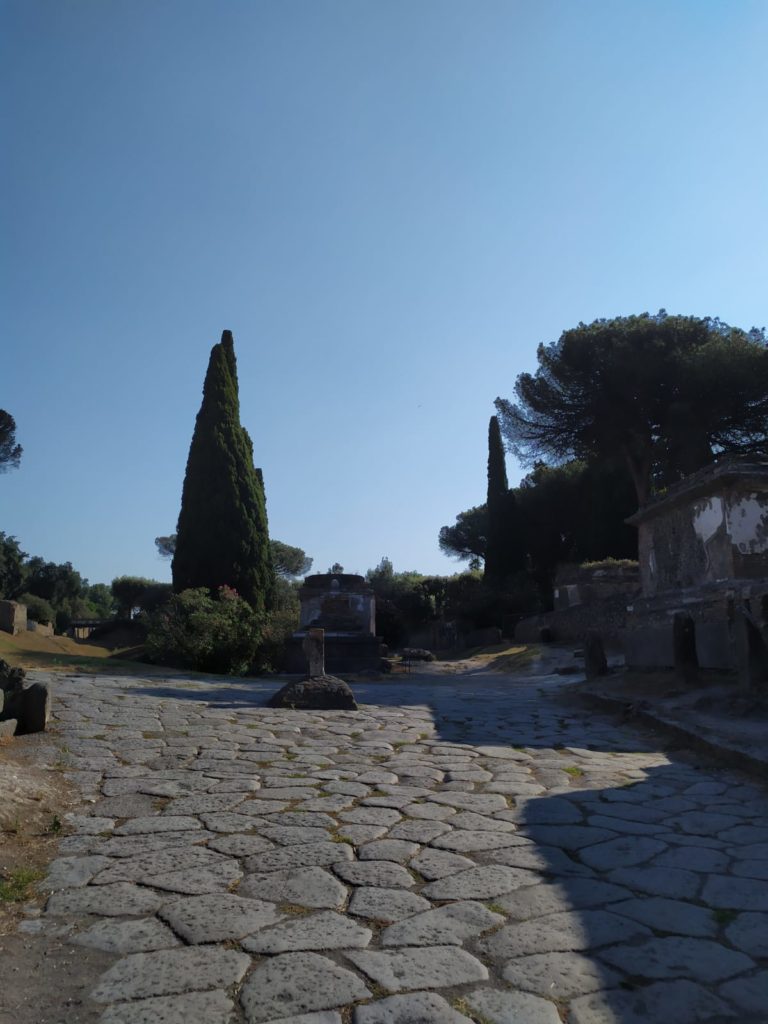Map
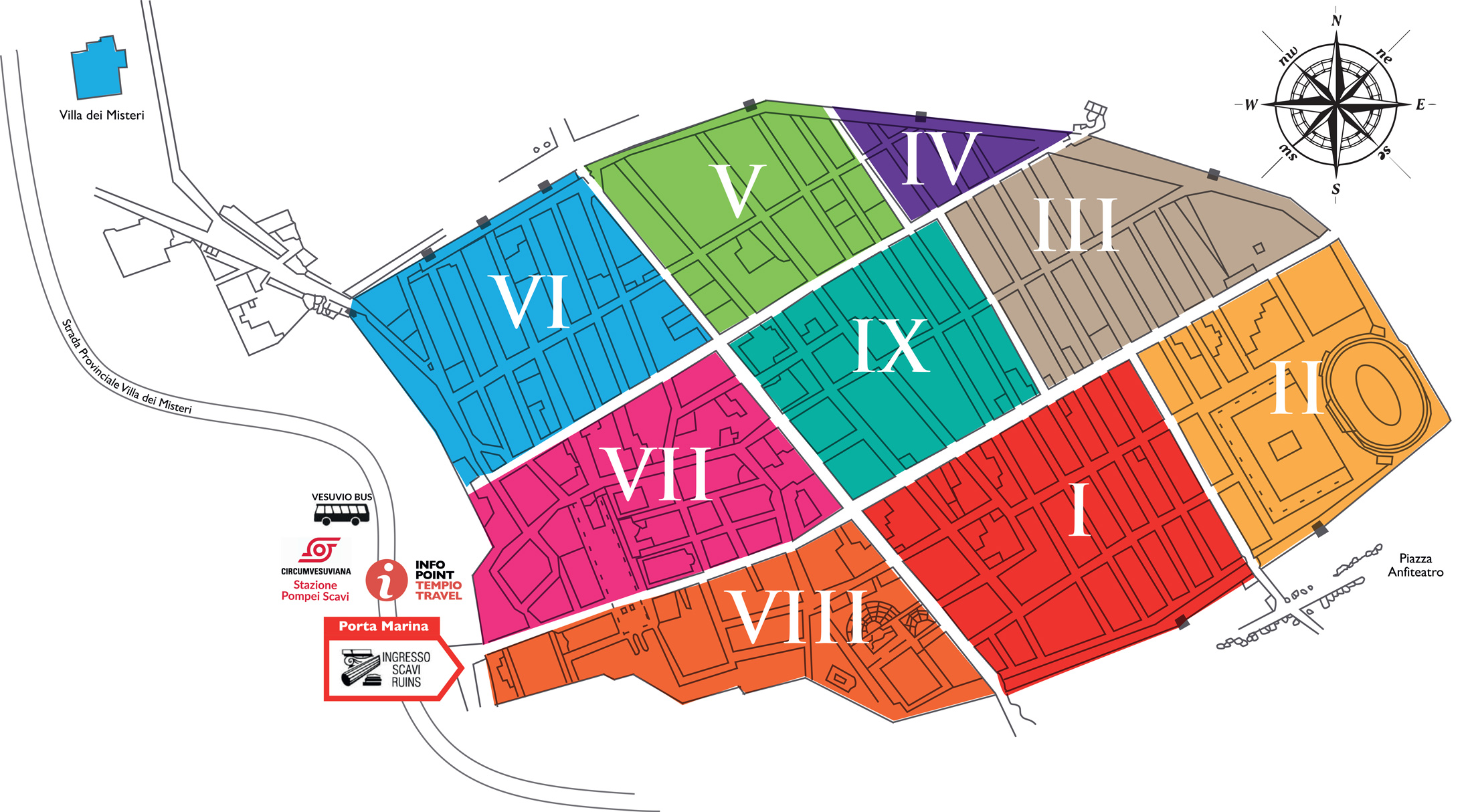
REGIO VII
REGIO I
REGIO II
REGIO III
REGIO IV
REGIO V
REGIO VI
REGIO VIII
REGIO IX
REGIO II
House Of Octavius Quartio
The house of Octavius Quartio, also known as the House of Loreius Tiburtinus was first excavated in 1916 with subsequent excavations during the period 1933-35 and in 1971. The property is an impressive building with substantial decorative remains and an extensive garden to the rear.
The entrance, with its stone seating for the patron’s clients, is flanked by two shops (originally two rooms of the property). In the doorway are casts of the doors.
Some of the the pictures show Actaeon discovering Diana Bathing and Actaeon being attacked by Dogs and mythological figures. The triclinium is richly decorated with scenes from the Illiad.
On the rear wall of the biclinium are two frescoes, one either side of the fountain. The subjects of both frescoes – Narcissus at the Spring and Pyramus committing Suicide – share a common theme: death brought on by passion. The artist who painted the pictures was a Roman, who signed ‘Lucius pinxit’, ‘Lucius painted this’. His signature, sadly, is no longer visible.
Along the canal is a monumental followed by a small temple
